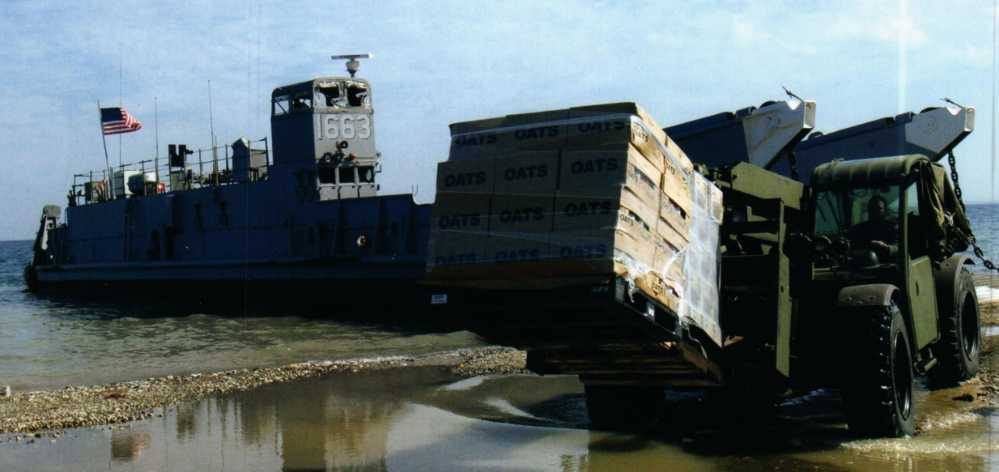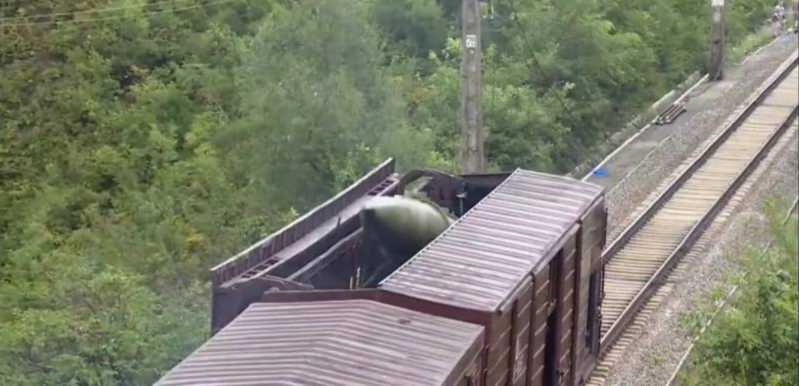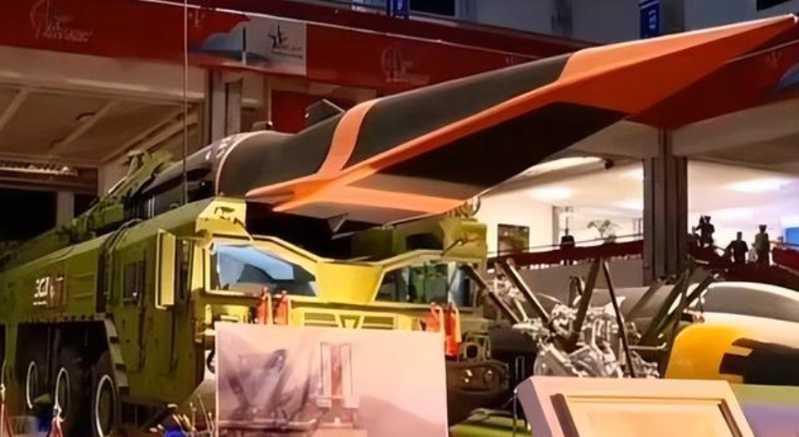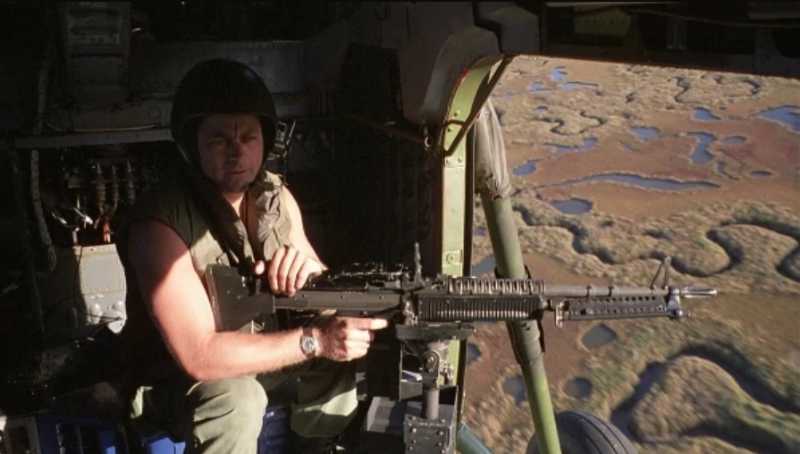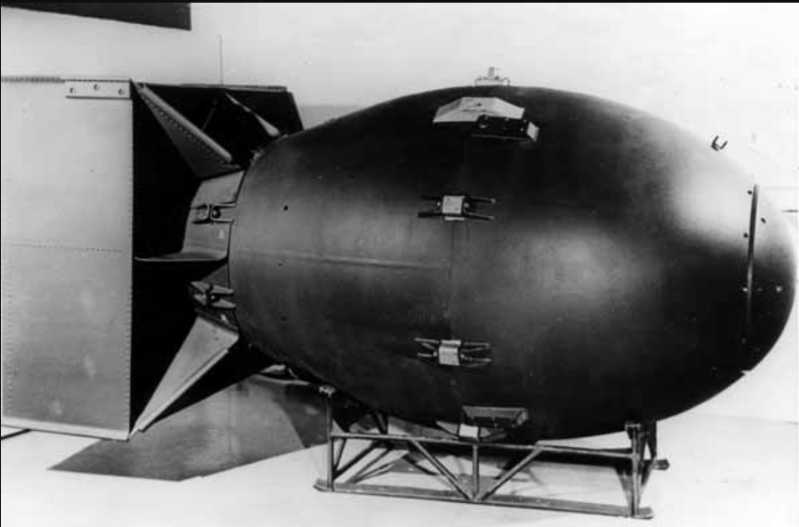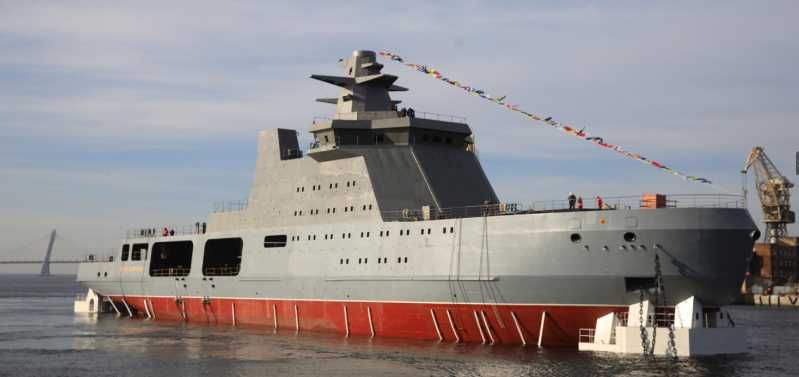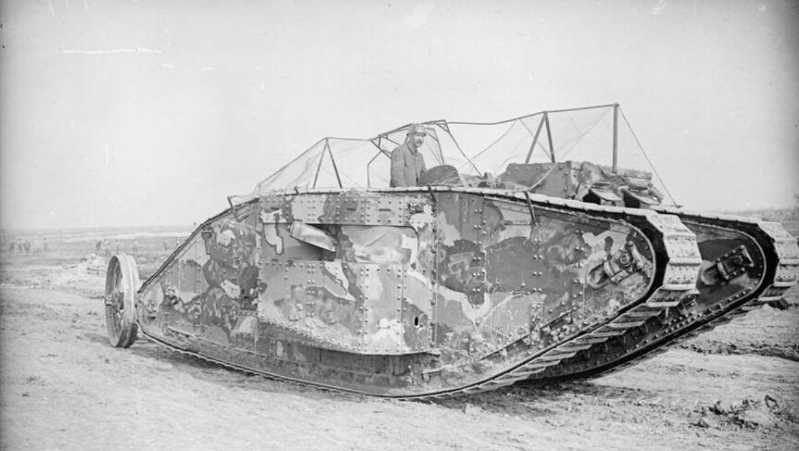In the process of the modernization of the navy, military development theory, equipment technology level and combat capability are of course the top priority, but the navy’s service support capability is also an indispensable part. Among them, the navy’s engineering construction force is an important part of service support, but it is often easily overlooked in the public’s field of vision. Among the naval engineering forces of the world’s military powers, the US Navy’s "Seabees" force (SEABEES) is undoubtedly the most representative.
The "Seabees" were established in the 1940s. They have been present in almost all expeditionary operations of the US Navy and Marine Corps in the past 80 years. Although the "Seabees" seem to be unknown among the advanced equipment and powerful front-line forces of the US military, their role cannot be ignored. The engineering construction tasks they undertake can be regarded as an important cornerstone of the US Navy’s expeditionary deployment. Although the construction and development of the "Seabees" force are based on the particularity of the US Navy’s global deployment characteristics, and there may be differences in the specific functions of the naval engineering forces of other countries, their development concepts, organizational characteristics, talent system and action guidelines can all be regarded as a model for naval engineering forces.
The naval engineering force behind global expeditions
The U.S. Navy Construction Battalions are engineering units of the U.S. Navy. Their main task is to build positions, airports, docks and other facilities that meet landing conditions in war zones. In peacetime, disaster relief is also one of their main missions. The unit was established in 1942. Because its English abbreviation is CB, which is pronounced similarly to Sea Bee, the team was officially designated as "Sea Bee" at the beginning of its establishment, which means a unit that "nests" at sea. So far, the unit has a history of 80 years. They have been present in almost all expeditionary operations of the U.S. Navy and have played an important role behind every major military operation. Whether it is supporting combat personnel, providing disaster relief and humanitarian assistance, or building camps and facilities for special forces, "Sea Bee" has been providing strong support for the U.S. Navy and Marine Corps.

The origin of the "Seabee" unit
Before the formal establishment of the "Seabee" unit, the U.S. Navy’s engineering force can be traced back to the Second War of Independence, when the crew of the U.S. Navy’s sailing frigate "Essex" built the first U.S. overseas military base near Nuku Hiva Island in the Marquesas Islands. During World War I, some officers and soldiers sent to the French battlefield by the 12th Regiment established by the U.S. Navy Great Lakes Training Station participated in the construction of some docks, ports and railroads. From 1940 to 1941, the U.S. military was building large naval bases in Guam, Midway Island, Wake Island, Hawaii, Newfoundland, Bermuda, Trinidad and many other stations across the Pacific, Atlantic and Caribbean regions, but these works were still completed by local contractors. Until the end of 1941, after the outbreak of the Pearl Harbor incident, the Japanese army occupied Wake Island and captured more than 1,200 civilian construction workers. According to international law, civilians cannot resist the enemy’s military attack, otherwise they will be regarded as guerrillas and executed immediately. Despite this, 98 captured civilians were executed, and many died in captivity, forcing the US Navy to form an armed military engineering battalion.
On December 28, 1941, at the request of Major General Ben Morell, commander-in-chief and chief engineer of the US Naval Dock and Wharf Bureau, the US Navy formed the first Naval Engineering Corps, which was composed of 3 Naval Engineering Battalions. Members were recruited from the construction engineering industry and trained in ground combat by the Marine Corps. On March 5, 1942, this unit was officially given the code name "Seabee", and the slogan was determined by Major General Morell himself, *Construimus, Batuimus" (Latin, meaning "We build, we fight").
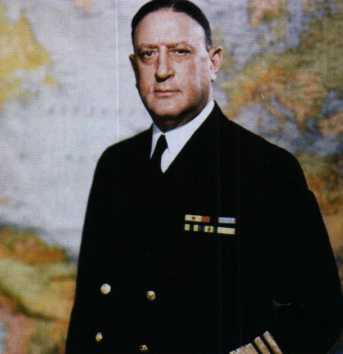
Granting command authority to engineering officers
The newly formed naval engineering battalion faced the problem of unclear command and leadership structure. The engineering officers who were originally considered to be responsible for command at the beginning of the planning and establishment had only received engineering training and had not served as front-line commanders. However, according to the military law of the US Navy at the time, only front-line officers could conduct military command over naval personnel. After consultation with Major General Morell, despite strong opposition from some institutions such as the personnel department, the then US Secretary of the Navy finally decided to grant these engineering officers full military command authority over all officers and soldiers involved in engineering projects. This decision It not only provided the necessary means of combat for the officers and soldiers of the "Seabee" force, but also greatly boosted the morale of the officers and soldiers, allowing the "Seabee" to directly participate in combat operations as part of the military force. Major General Morell’s achievement is considered an important factor in the successful development of the "Seabee" force in the future, and it also played a certain role in promoting the subsequent victory of the US military in the battlefield of World War II. The decision to authorize this has also become part of the US Navy’s regulations.
Positioning and training basic military skills with combat forces
During World War II, the first batch of members recruited by the "Seabee" force were required to have experience working in local engineering projects. Therefore, the age of the members was generally older than other naval recruits, and the average age even reached 37 at one time. years old. Compared with ordinary naval soldiers, the tasks of the "Seabee" force are more closely connected with the Marine Corps. The new recruits of the "Seabee" also undergo tactical and weapon training with the Marine Corps, and then are sent to the Naval Combat Construction and Engineering School for short and rigorous professional training. After completing the training, most members were sent to hundreds of undeveloped islands in the South Pacific. Most of these islands are uninhabited and densely covered with vegetation. Some are only a few kilometers long and wide. Many islands were quickly occupied by the Japanese Navy after the outbreak of the Pearl Harbor incident. The "Seabee" force usually rushed to the coast with the first wave of amphibious landing forces, risking air and ground fire harassment and being sniped, and quickly built a series of facilities such as fortification bases, roads, simple airports, ports, fuel and weapons logistics supply lines, warehouses and supply storage for the Navy and Marine Corps.
At that time, the main component of the "Seabee" was the engineering battalion, which had 4 companies with almost all working capabilities, plus 1 command company, usually with a total of 32 officers and 1073 Soldiers. To meet the needs of increasingly large and complex projects, the number of "Seabees" has continued to increase, and multiple engineering battalions are often assigned to the same base. In this case, multiple battalions will be formed into a regiment, and sometimes 2 or more regiments will form a brigade. In the later period, in order to meet small-scale tasks, the "Seabee Special Operations Unit" was also evolved to perform tasks such as maintenance, loading and unloading, building floating docks, and installing oil pipelines.

Flexible, innovative and efficient operational capabilities
The "Seabees" on the battlefield are known for their flexibility and efficiency. In the case of severe shortage of construction materials, the "Seabees" would solve the problem flexibly and variably, such as using Coke bottles to replace glass insulators on power lines, and using metal ammunition boxes to temporarily replace radiators on trucks. In just 20 days, the "Seabees" dug a 6,000-foot (about 1,829 meters) long simple airport runway in the jungle on San Espinu Island, which was enough to ensure that US fighters participated in the battles to support Guadalcanal and the Solomon Islands.
In the northern, central, southern and southwestern regions of the Pacific, the "Seabees" built a total of 111 simple airport runways, 441 docks, 2,558 ammunition depots, 700 warehouses with a total storage capacity of 100 million gallons (about 378 million liters) of oil depots, and 1.5 million people’s housing. The hospitals built rescued 70,000 patients. At the same time, they also established, expanded and maintained many bases in the Caribbean, Central America and South America, especially participating in the mission of protecting the Panama Canal, which played a vital role in the United States’ two-ocean operations in Africa and Europe and in protecting the troops of the United States and its allies. In the area from Bermuda to Brazil, the "Seabees" built a huge network of coastal bases, forming a barrier that was enough to protect key waterways from German U-boat raids. On the Pacific side of Latin America, they can also be seen. They built airfields, airship hangars, and newly built and expanded ports from Honduras to Ecuador to provide bases for seaplanes, patrol bombers, airships and surface ships that hunt and destroy enemy submarines. In North Africa, when Allied tanks and infantry advanced toward Tunisia and the German African Corps, the "Seabees" built an assembly line and training area along the northern coast and built a huge naval aviation base at the Moroccan port of Leote on the west coast of Africa. In order to land on Sicily, the "Seabees" invented a standard-sized steel barge that could be quickly assembled to form the channels and docks needed for amphibious warfare. The new floating dock turned what was once considered an impossible place for a large-scale amphibious landing into a safe passage, ensuring that a large number of personnel and equipment could land smoothly during the raid.

The role played by the "Seabees" in the Normandy landing mission was even more crucial. As early as two years before the landing, the "Seabee" troops began construction projects in Iceland, Newfoundland, Greenland, Northern Ireland, Wales and Scotland, and eventually formed a huge arc-shaped encirclement of naval air stations and bases across the North Atlantic, allowing the US Navy to control the ocean and enabling the "Seabees" to successfully establish landing bases and prepare for the Normandy landing. On June 6, 1944, under heavy German fire, the Seabees were the first American engineers to land, with the goal of destroying the complex steel and concrete barriers built by Germany, which ranged from the beach to the offshore. Despite heavy casualties, the Seabees deployed explosives as planned and blew gaps in the enemy’s fortifications. Through these gaps, about 10,000 Seabees once again used floating docks to help Allied troops and tanks land smoothly and force the Germans back inland. After that, the Seabees used floating docks and prefabricated concrete parts to build temporary ports and repair ports destroyed by the retreating Germans to ensure the transportation of large numbers of Allied personnel and goods.
Over the 80-year history of the Seabees, its size usually grew rapidly during the war and gradually shrank after the war. In 1947, the Seabees officially became a permanent part of the US Navy (before that, the Seabees were considered a naval reserve organization). After the end of World War II, its size was sharply reduced and its structure was adjusted to a mixed group of regular officers and reservists. Nevertheless, by the late 1940s, the Seabees were involved in many non-war operations, such as rebuilding Japan’s bombed infrastructure, building fleet weather stations in the Far East, preparing test sites for upcoming atomic bomb tests, and building new facilities to support U.S. research in Antarctica.

Fully absorb civilian manpower to develop reserve forces
During the Korean War in the 1950s, the size of the Seabee force was once again expanded to 14,000 people, most of whom were reservists. They participated in the Incheon landing operation, using floating docks to build embankments to ensure the landing of personnel and equipment. During this period, the Seabee force was mainly composed of 13 battalions of two types: the amphibious engineering battalion was tasked with ensuring the safe and efficient landing of personnel, equipment and materials; the naval mobile engineering battalion was mainly responsible for the construction of camps, roads, simple airport runways and other land facilities. After the war, the size of the Seabees was further reorganized and strengthened, with a significant increase in the proportion of "non-reserve" personnel. The expanded Seabees were sent to various overseas military bases where the US military was stationed.
In the 1960s, when the Vietnam War broke out, the Seabees formed 18 reserve battalions to form the First Reserve Engineering Brigade of the U.S. Navy, which was responsible for leading all the reserve forces of the Seabees. It was also during this period that the Seabees were given more disaster relief tasks, including reconstruction tasks in areas affected by earthquakes, typhoons, hurricanes and tsunamis, as well as forest fire fighting tasks. In 1964, surveillance equipment was discovered in U.S. embassies abroad, and the U.S. State Department required that all future construction and renovation of diplomatic facilities involving security-sensitive issues should be handed over to the Seabee Force.
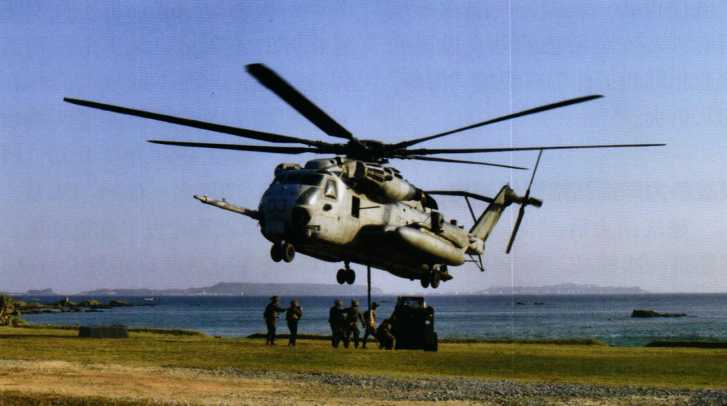
Refine the organizational structure with war as the cycle
After the end of the Vietnam War, the size of the "Seabee" force was reduced again. By the late 1980s, the "Seabee"’s mission was mainly to participate in the construction of overseas bases and infrastructure of the US military. It was not until the early 1990s that the Gulf War broke out, and the "Seabee" returned to the battlefield again and launched the largest military operation since the Vietnam War. In August 1990, an amphibious engineering battalion and four mobile engineering battalions arrived in Saudi Arabia to provide engineering support for the first Marine Expeditionary Force. Soon after, another amphibious engineering battalion arrived and cooperated with the Marine Corps to carry out amphibious assault operations against Iraqi troops in Kuwait. By early February 1991, there were 2,800 "Seabees" in the region. They built important facilities at four airports to support the Marine Corps Air Combat Team and built a headquarters building and barracks for the Marine Expeditionary Force. In January 1991, the multinational forces launched a large-scale air operation with more than 40,000 sorties. The "Seabees" prepared to march into Kuwait to build and repair roads and airports to support the continued advancement of ground forces. The remaining units planned to carry out the same operation in northern Saudi Arabia to open up supply routes for the Marine Corps’ ground offensive, including providing fresh water, roads and cooking facilities for 30,000 Marines, and building camps for 40,000 prisoners of war. After the Gulf War, the main task of the "Seabee" force was humanitarian rescue and disaster relief.
After the September 11th attacks, the Seabees returned to the Middle East to support the U.S. invasion of Afghanistan and Iraq in 2003. Throughout Operation Enduring Freedom: Afghanistan and Operation Iraqi Freedom, the Seabees provided critical engineering support for the construction and restoration of infrastructure and many forward operating bases for the U.S. and coalition forces. Faced with the battle against ISIS in Syria and Iraq, ongoing terrorist activities around the world, a record-breaking hurricane season, destructive earthquakes and volcanic eruptions, and growing tensions with Russia, the U.S. Navy’s demand for Seabees remains high, along with the U.S. Navy and Marine Corps’ increased demand for new military bases in the Pacific.


Hone skills through non-war military operations in peacetime
The "US Navy Planning Guide" report on the current status, needs and possible future tasks of the US Navy and Marine Corps pointed out that the "Seabee" force should ensure the maintenance, repair and modernization of the Navy and Marine Corps’ forward bases and facilities in non-war operations by participating in humanitarian assistance, post-disaster recovery operations, and joint exercises with foreign troops. The US Navy has formulated a long-term plan to adjust the budget table of all "Seabee" forces. In the next few years, the "Seabee" will be equipped with modern and reusable tactical vehicles, construction and maintenance equipment, communication equipment, infantry equipment and battlefield support equipment to continue to contribute to the US Navy in the foreseeable future.


